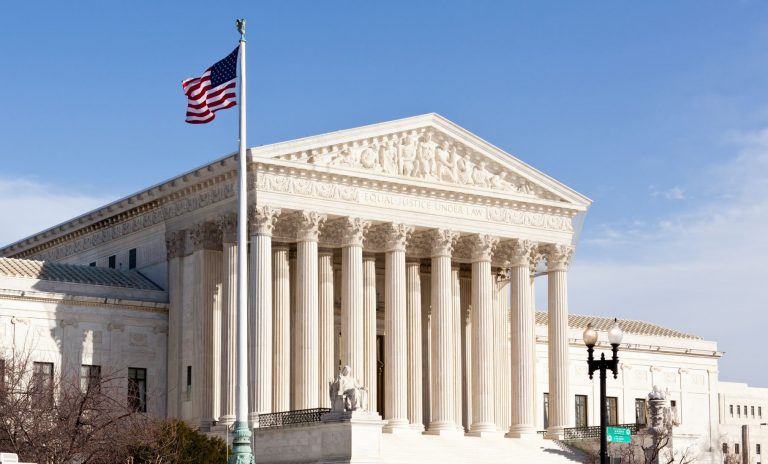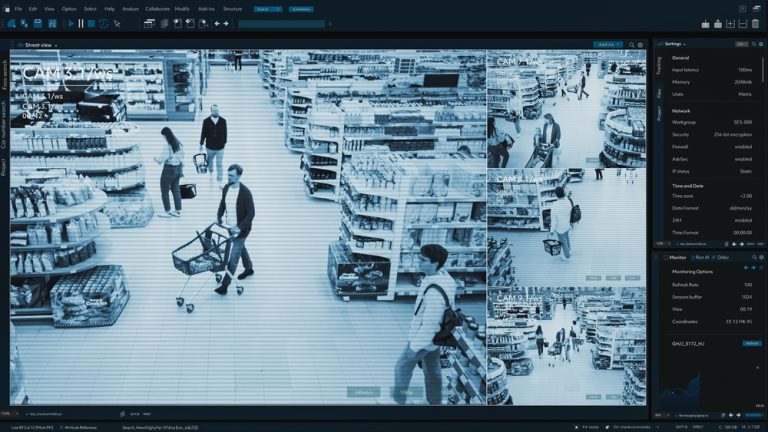The California Brinker Decision: A Win for Employers
The California Brinker Decision: A Win for Employers
A “break” for the restaurant, hospitality, and other industries that pay hourly-based wages has recently surfaced from the Supreme Court of California. In a decision released in April 2012, the court in Brinker v. Superior Court held that, while employers must “relieve the employee of all duty for [a] designated meal [or rest] period,” employers are not obligated to affirmatively ensure that no work related tasks are performed during such periods. A tremendous sum has been expended by employers defending class action lawsuits such as this, Brinker surely is favorable to employers who have had to defend allegations of not providing adequate break periods or coercing employees into “voluntarily” skipping breaks altogether.
The origin of the Brinker case is found in a decision by the California state legislature and the State’s Industrial Welfare Commission (IWC) to approve the availability of monetary remedies (as opposed to only injunctive relief) for violations of meal break statutes. Subsequently, Brinker Restaurant Corp., which owns or has owned popular restaurant chains such as Chili’s, Romano’s Macaroni Grill, and On the Border Mexican Grill & Cantina, was sued by a class of plaintiffs comprised ofcurrent and former Brinker employees in California. The complaint alleged that Brinker failed to provide the statutorily required rest and meal breaks.
The court addressed two primary legal questions the amount of break periods that must be authorized and the timing of the break periods.
The California Supreme Court interprets the statutory wage provisions to read that an employer must provide an employee with no less than a thirty-minute meal period by the end of the fifth hour of work. The meal break must also fall in the “middle” of the work shift as much as practicable, the break must not be interrupted, and it must be free from employer duty and control. An employer may also not “impede or discourage” the employee from taking the entire break period. The statutory language does not however, instruct that meal breaks must fall into sequential five-hour intervals. This means that two thirty-minute meal breaks may be joined together; one at the end of the fifth hour and one at the beginning of the sixth hour of work. Finally, each employee is entitled to an additional ten minutes of rest for every three and one half and six hours of work, twenty minutes of rest for every shift between six and ten hours, and thirty minutes of rest for shifts between ten and fourteen hours.
While these are affirmative allowances that must be given by the employer, the Brinker court found that there is a clear release of obligation by the employer to “police meal breaks and ensure no work thereafter is performed,” as stated by the Brinker court. In this employer/employee exchange, it is the role of the employer to “relinquish [full] control over [the employee’s] activities” and afford employees an “opportunity to take an uninterrupted thirty-minute break.” The reasoning behind this instruction would be self-defeating however, if the employer is also obligated to impose its influence during the employee break, in an effort to ensure the employee does not work, through monitoring and the imposition of restrictions on the employee’s activities.
So what does the Brinker decision mean? Employers must afford their workers the opportunity to enjoy statutorily protected break requirements and during that period, must be absent from control or influence. Additionally, employers may not attempt to circumvent these obligations by direct or indirect pressure on employees to perform work activities during break periods. On the other hand, without an affirmative duty on employers to ensure that employees are not working during break periods, employees cannot then choose to work during these periods and subsequently attempt to pin liability on the employer for doing so. Accordingly, the Brinker decision is sure to limit future litigation, thereby saving significant legal expenses for employers. Simultaneously, Brinker affords employees an opportunity to a break during the workday or the right to forego their breaks altogether. Scott Graham, commenting on website www.law.com, states that the “ruling in Brinker turns almost exclusively on California law, but is expected to reverberate throughout the country” which is most assuredly the case.






